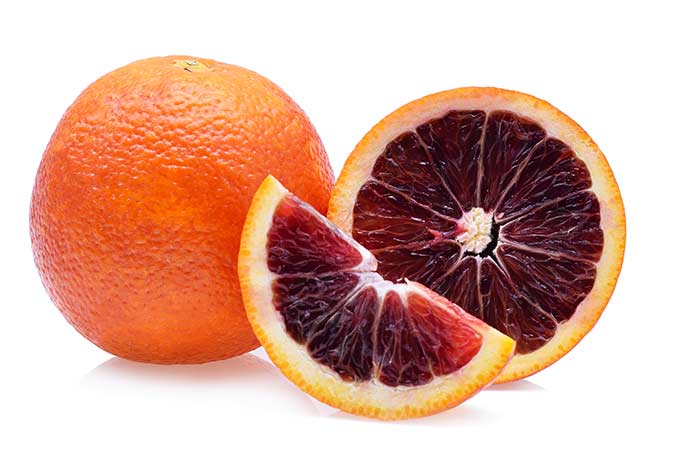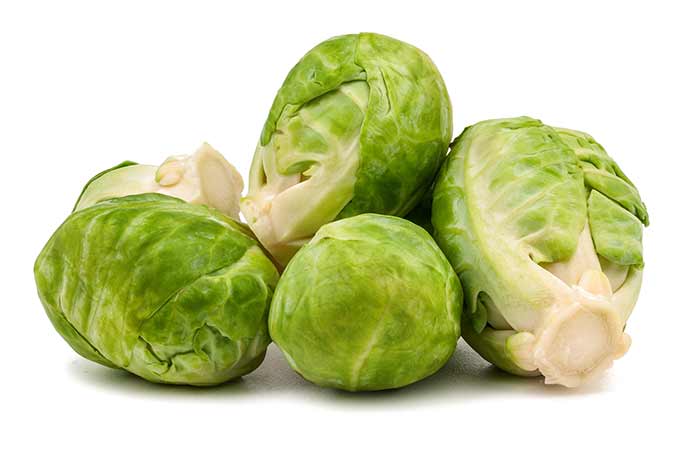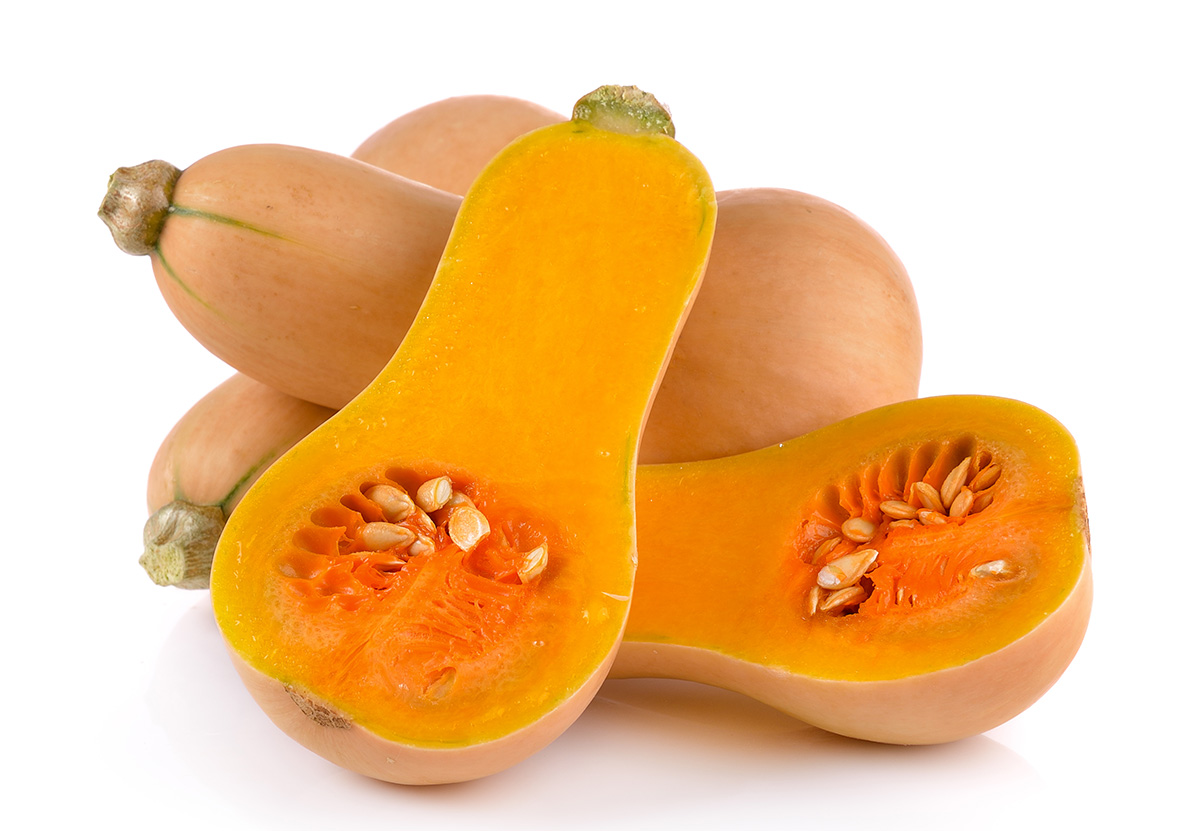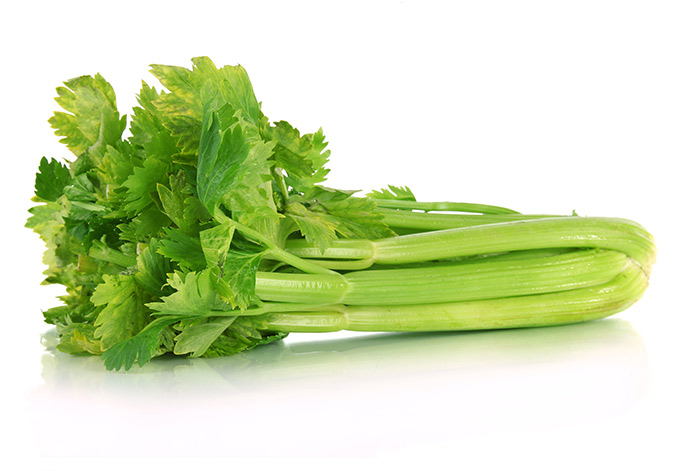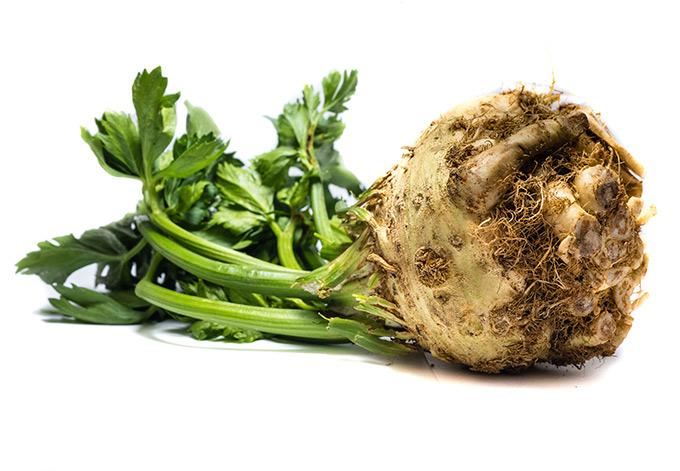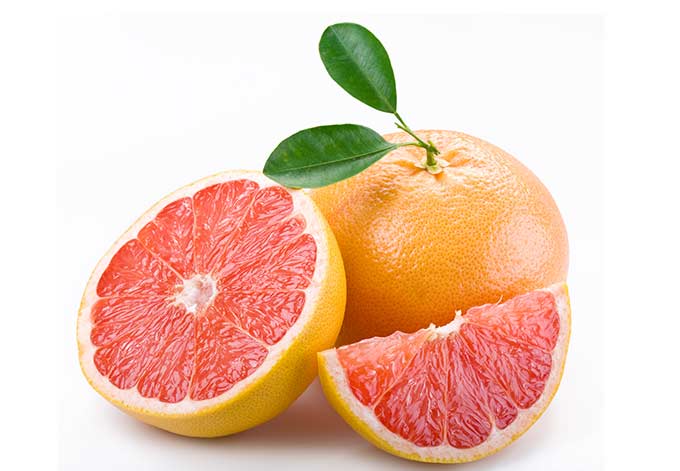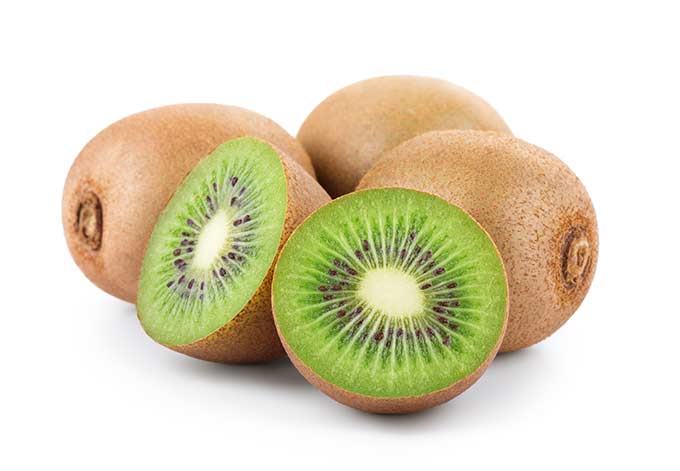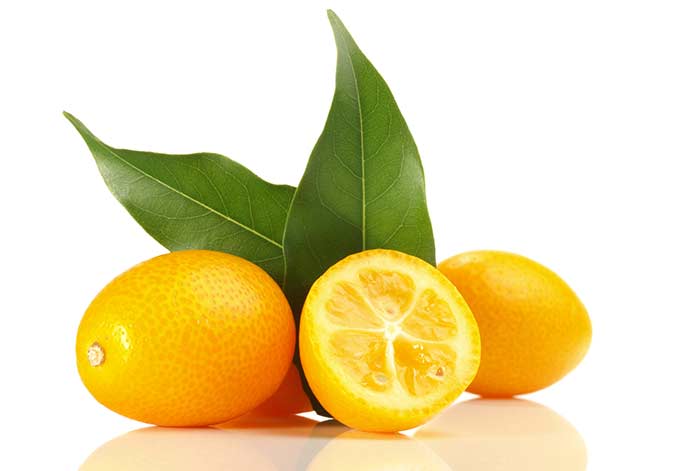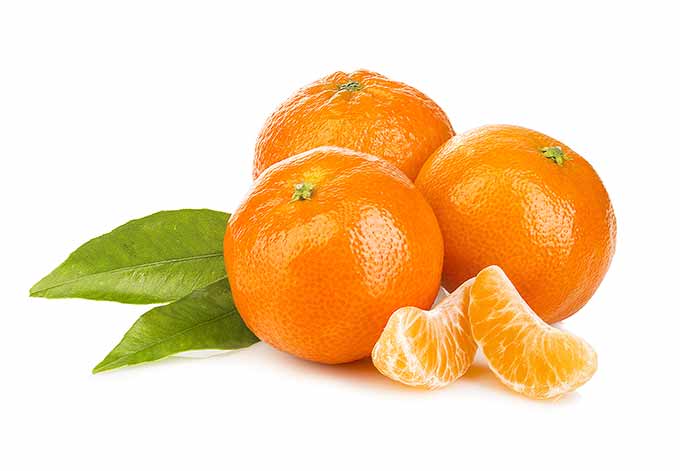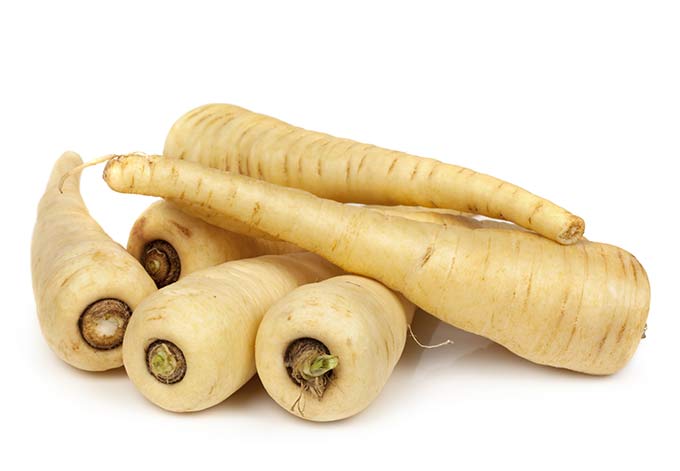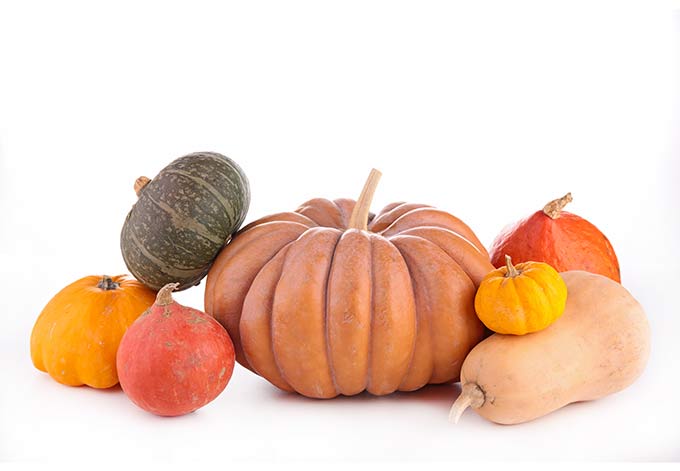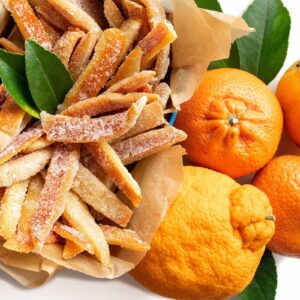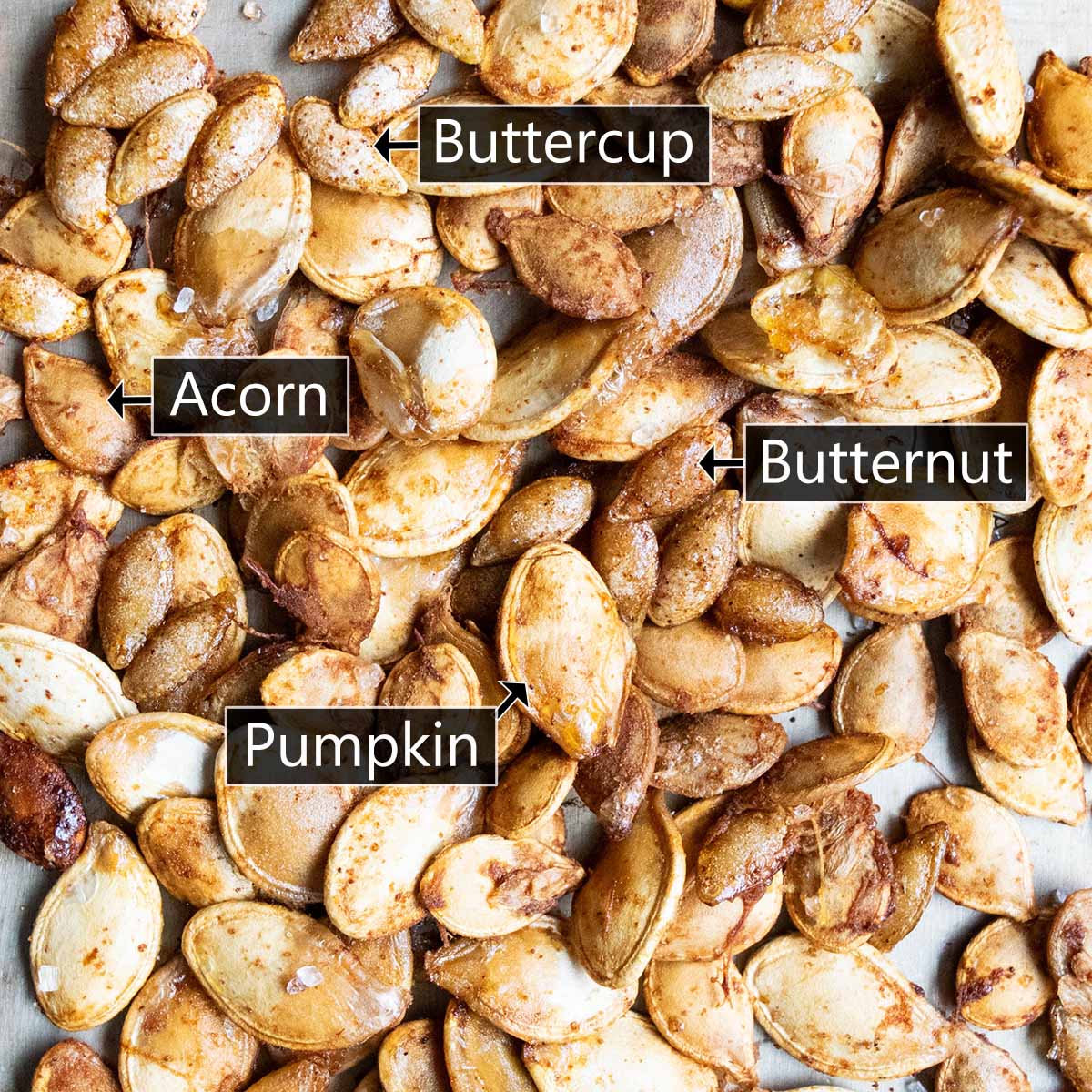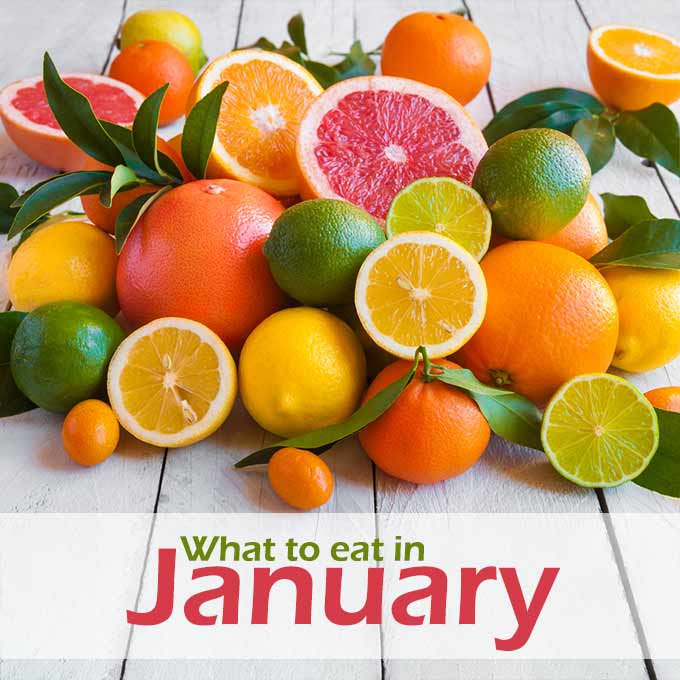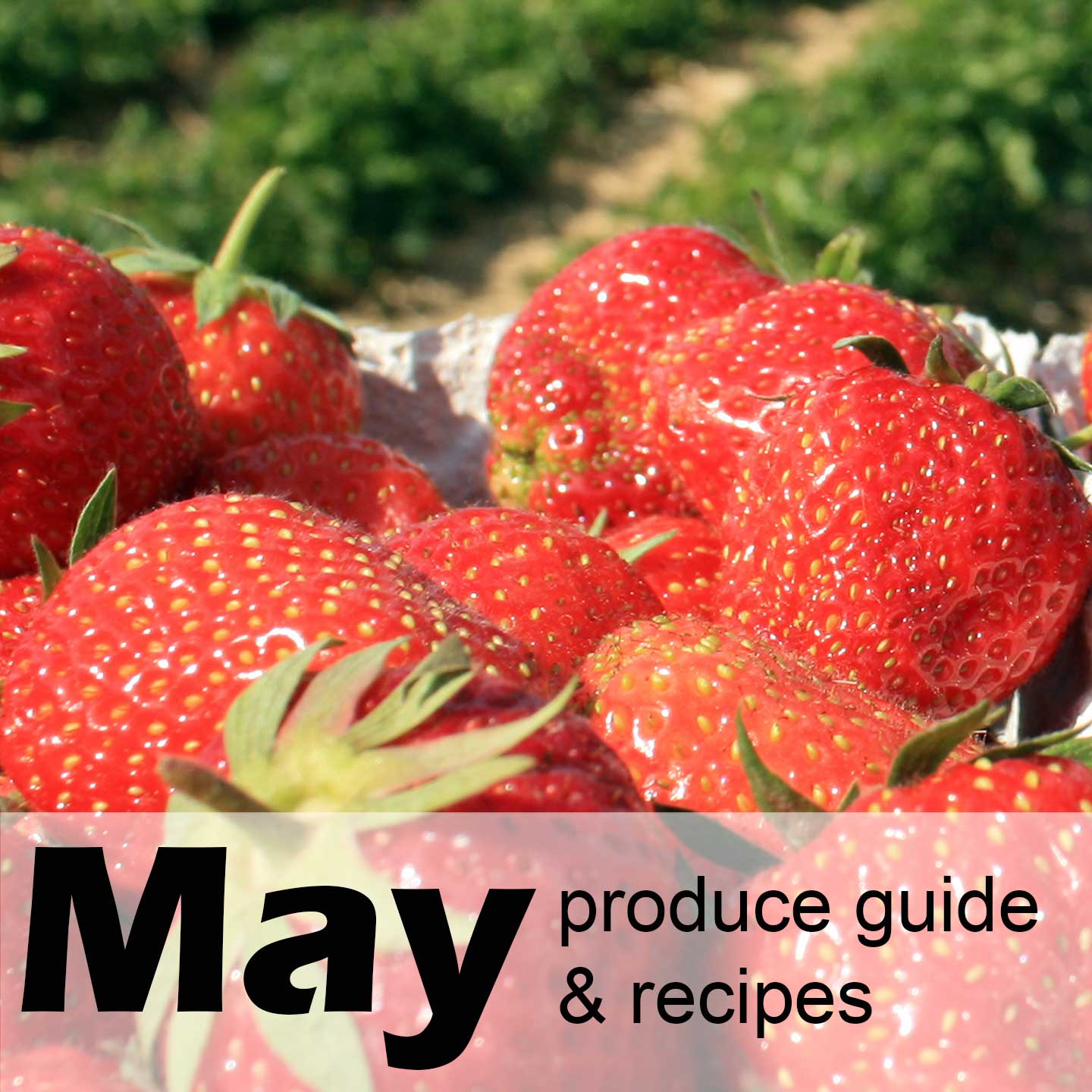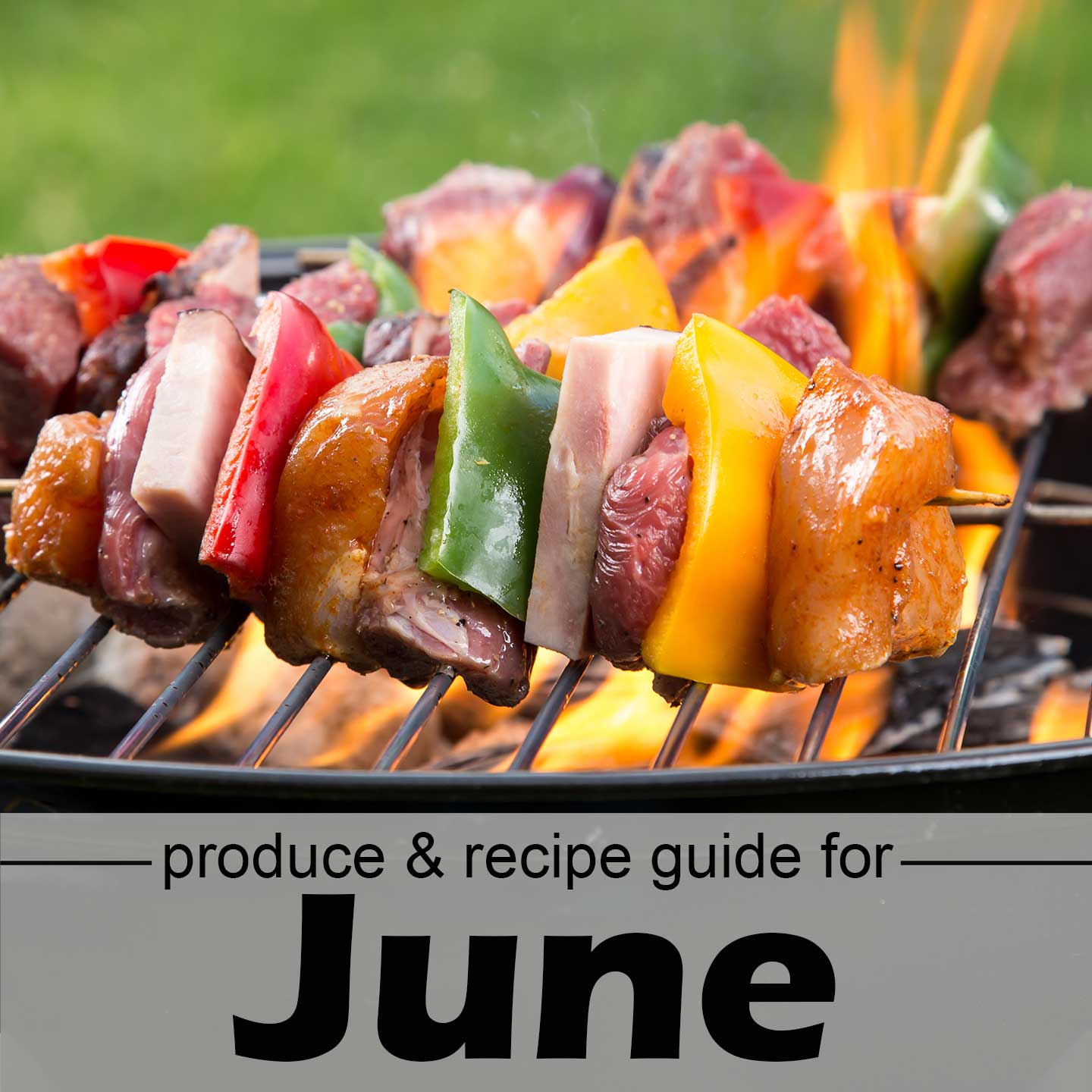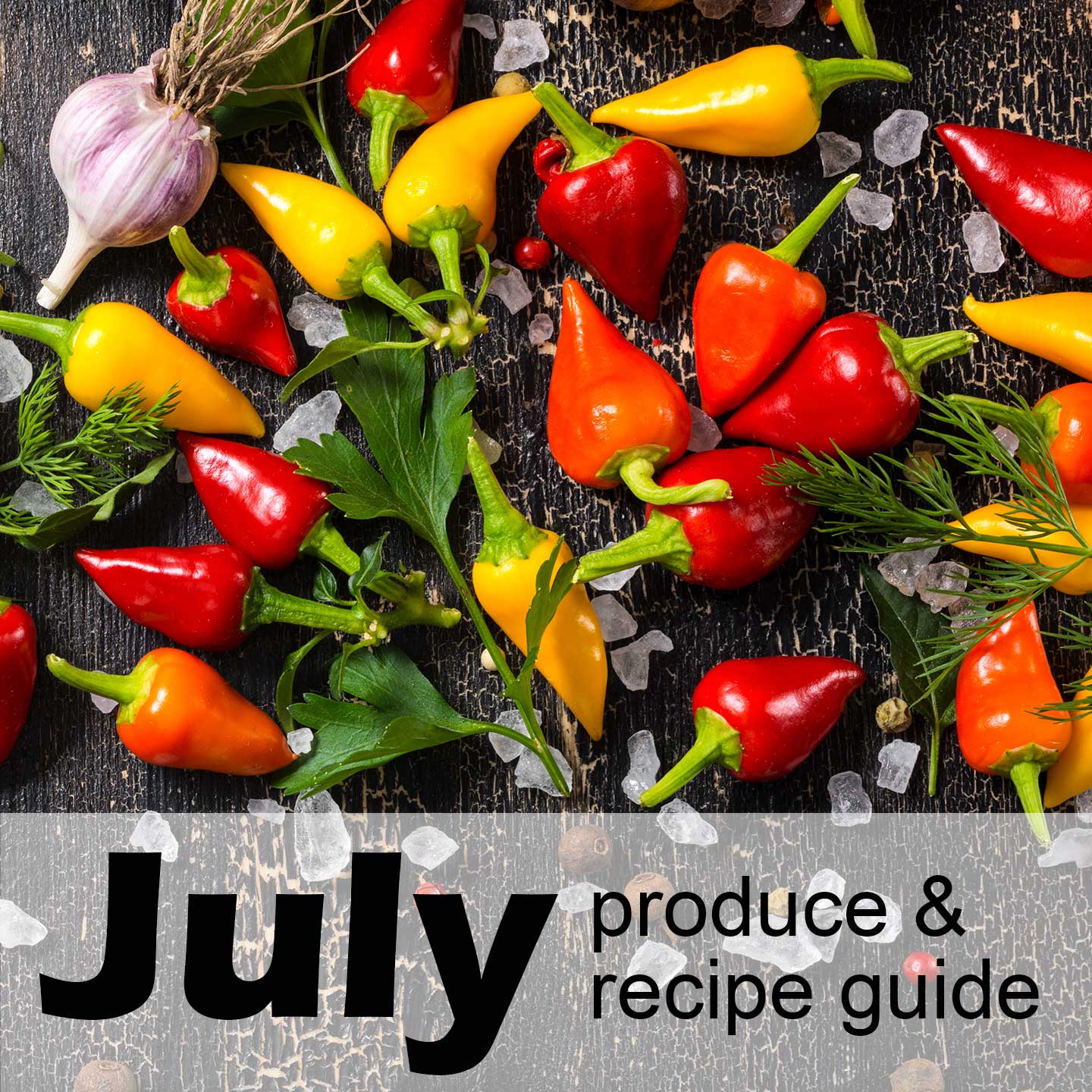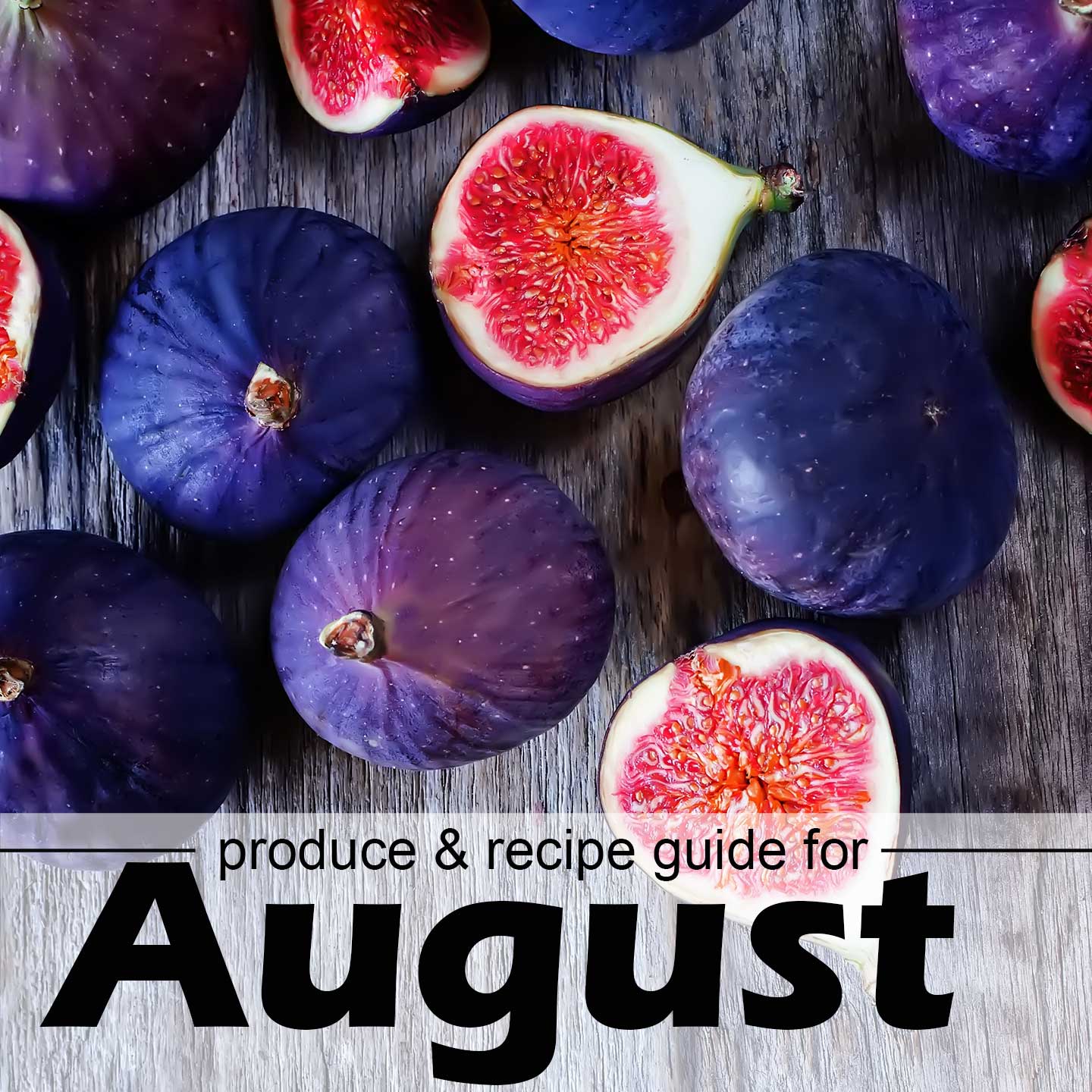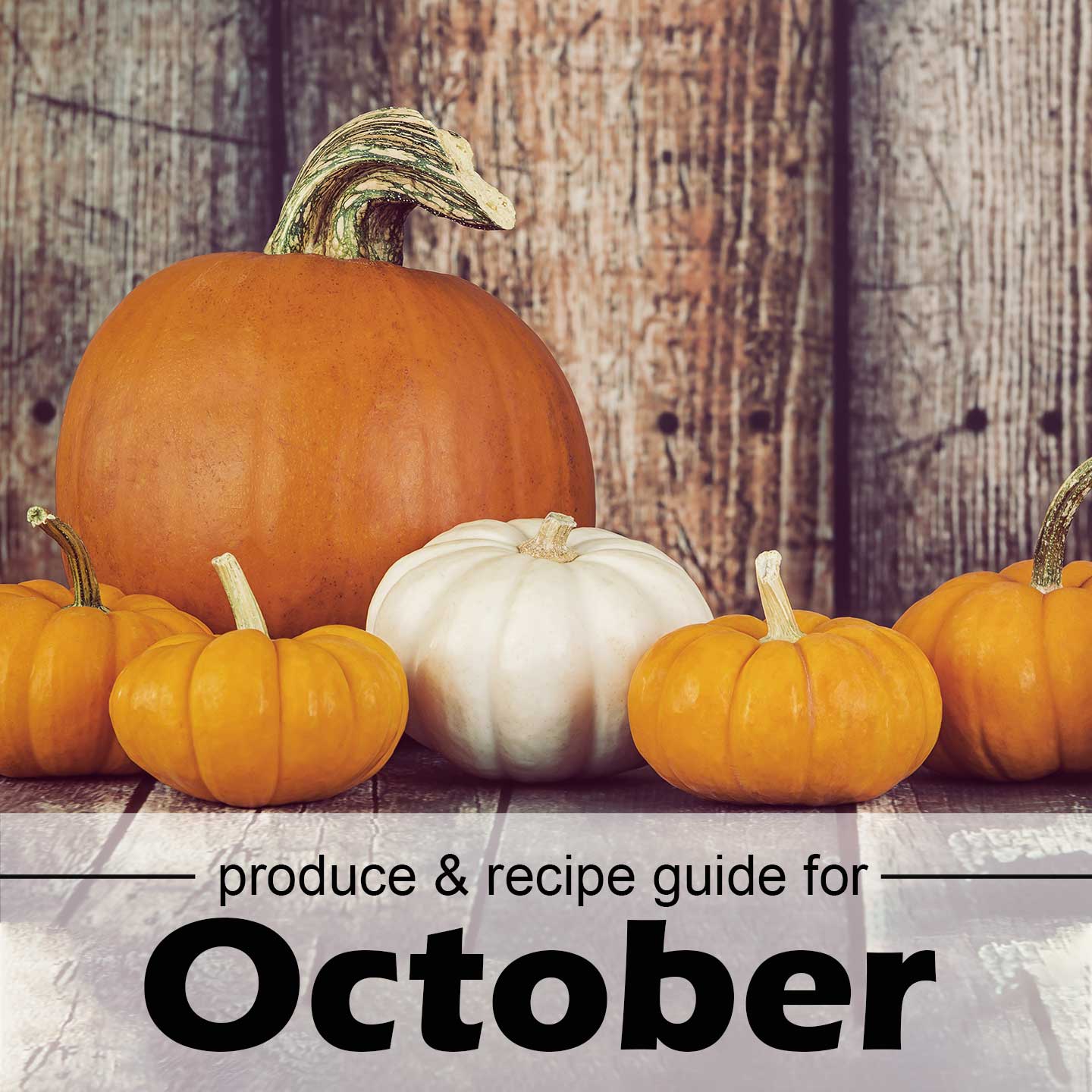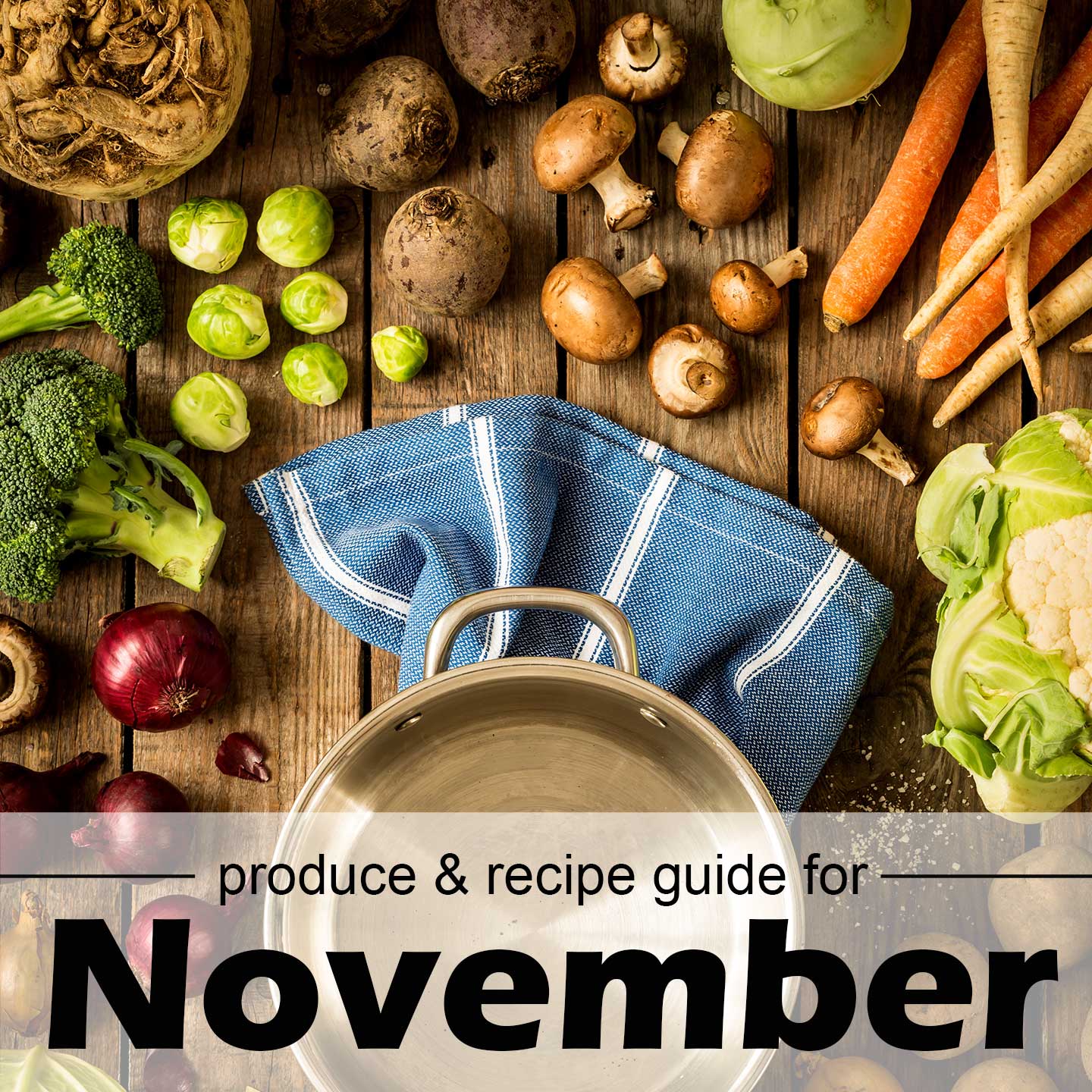February and March are the long stretch of winter offering the same fruits & vegetables from the previous cold months and nothing new. So it's time to get creative!
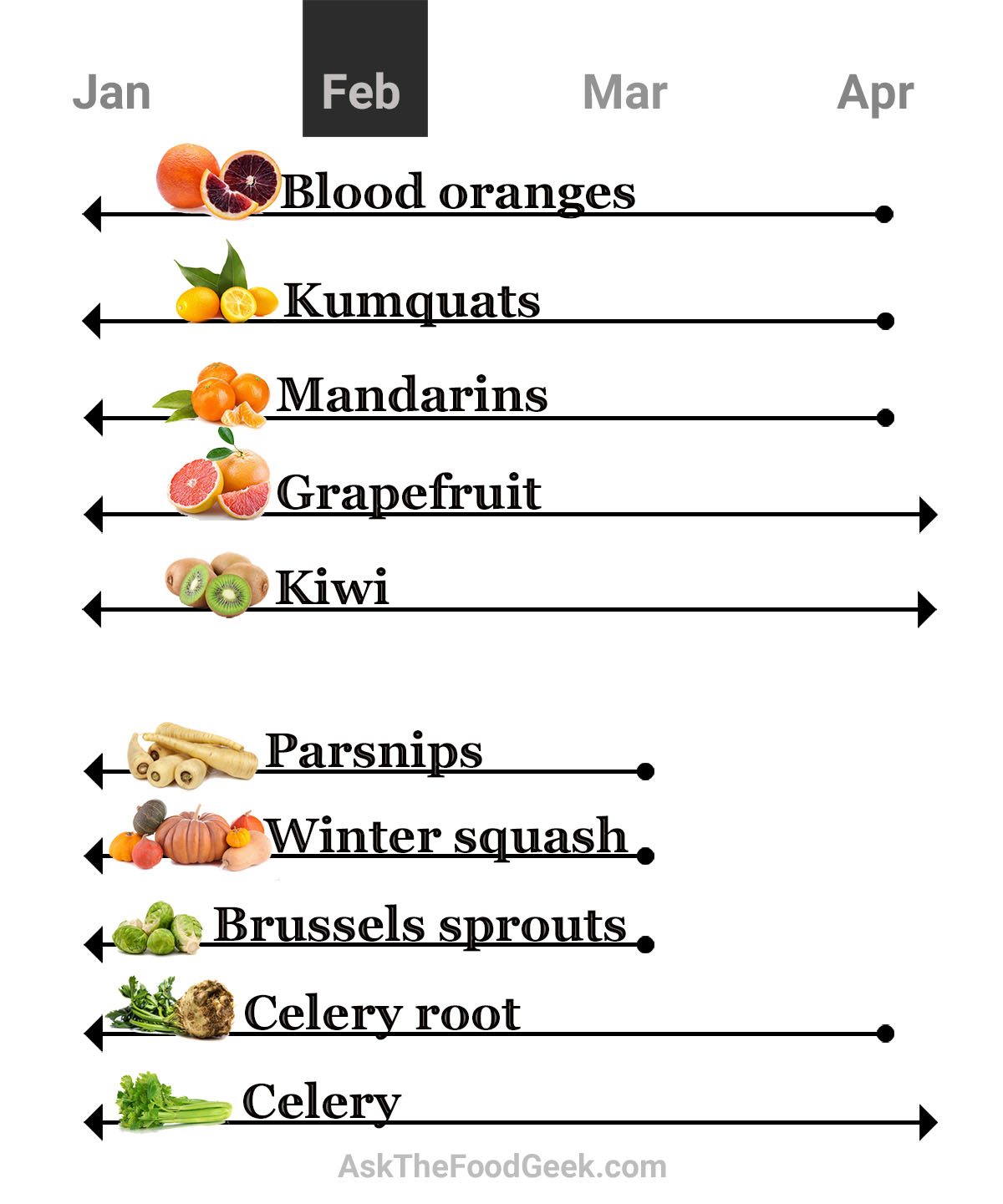
Jump to:
What fruits & vegetables are in season this month?
Hopefully you are still happy to enjoy winter citrus until spring strawberries show up in April. Kiwi are also still available, since they are a staple winter fruit (summer ones are imported).
The traditional winter vegetables are still around until the very first artichokes and asparagus of the season show up next month.
In-season recipes
It's no easy feat to cook seasonally this month. I've put together a collection of seasonal recipes meant to inspire and keep you from falling into a cooking rut (or get out of it, like the rest of us!)
The recipes include winter twists on classics like caesar salad or pizza. There are also a lot of recipes to use the same old vegetables in a new way, like a parsnip spice cake with maple buttercream frosting.
Candied orange peels
Save those clementine peels you're probably still eating this month, and candy them. They turn into a delightfully sweet citrus treat.
Roasted winter squash seeds
Save the seeds from any winter squash you use this month and roast them in the oven. A low oven temperature makes for the crispiest seeds that never burn. Alternatively, you can cook them hot & fast, ready in 7-15 minutes for a super fast snack that is crispy and chewy at the same time.
Get more recipes for February and March.
Out of season options
While I try to do my best to stick to seasonal ingredients, I do rely on some out-of-season alternatives toward the end of winter.
Frozen blueberries
Frozen blueberries make great muffins. They should be used frozen (not thawed), and toss them in flour before mixing into the batter to prevent them from turning the batter blue.
Apples
Fresh picked apples have an amazing flavor and crispness to them. But thanks to commercial storage, some apple varieties can be stored throughout winter with only slight losses in flavor and quality.
Use apples from the grocery store in salads, muffins, or roasted along with a pork loin. I'd save pies and tarts for when they are back in season in fall.
Preserved fruit
Dried cranberries, cherries, and apricots are great on salads or paired with pork and chicken. They are also excellent in muffins.
Canned fruit, like pineapple, can liven up a stir fry or salad. It's not the same as fresh, but in winter, it can really save the day.
Bell peppers
Bell peppers are a summer vegetable in the US, and imported from the southern hemisphere in winter. They store and ship very well, giving us high quality options year-round.
If you are eating in season for flavor, bell peppers in winter will still be tasty. If you eat seasonally to reduce your carbon foot print, this might not be the best option for you.
More seasonal guides
All of the seasonal guides offer tips for picking the perfect fruits and vegetables along with recipes.

